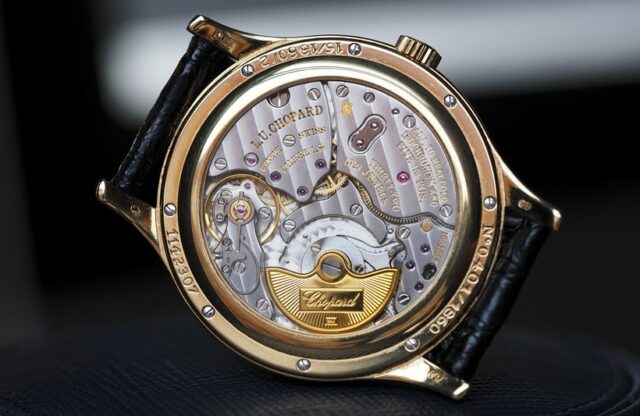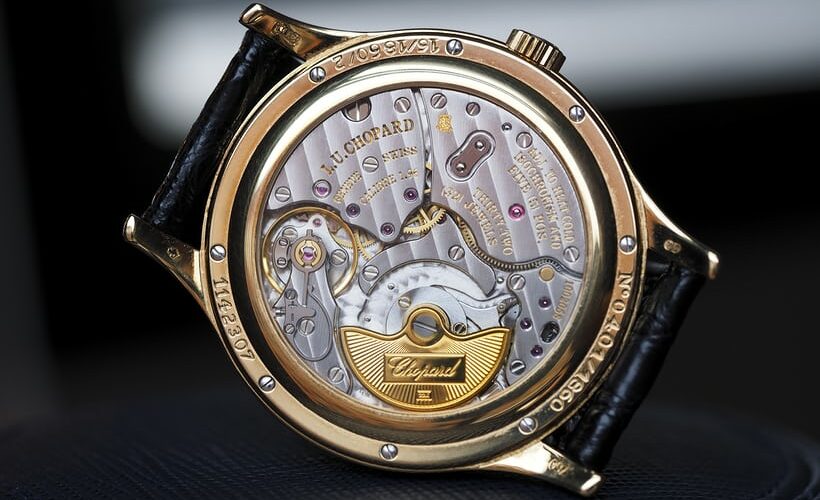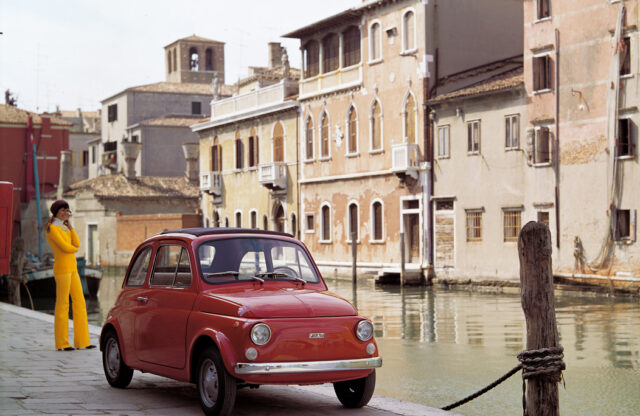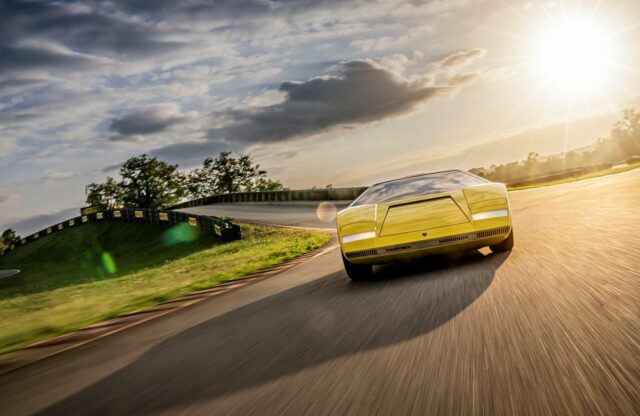WORDS: JONATHAN BURFORD | PHOTOS: CHOPARD, SOTHEBY’S
I recently wrote about what I consider to be the greatest vintage automatic movement, the calibre 12-600AT by Patek Philippe in the Reference 2526. Someone then asked what I thought was the best modern automatic movement.
This story first appeared in Magneto 16.
Several movements are worthy of consideration, but my two stand-outs are not from the holy trinity (Patek, Vacheron and Audemars), or a small, revered independent watchmaker. The first is the highly finished calibre L021 by A. Lange & Söhne, which powers the Lange 1 Daymatic. The other is one of the most surprising, simple and beautiful movements, a blank-sheet design from a name previously best known for its jewellery and jewelled watches.
Louis-Ulysse Chopard’s brand stayed in family hands from its founding in the 1860s until 1963, when it was sold to the German Scheufele family. In the mid-1980s Karl-Friedrich Scheufele assumed control towards the back end of the ‘quartz crisis’, a make-or-break moment for Swiss watchmakers. His ambitions for Chopard were high, and so he contracted the help of master watchmaker Michel Parmigiani as well as opened a facility in Fleurier, 40 miles from Chopard’s home in Sonvilier.
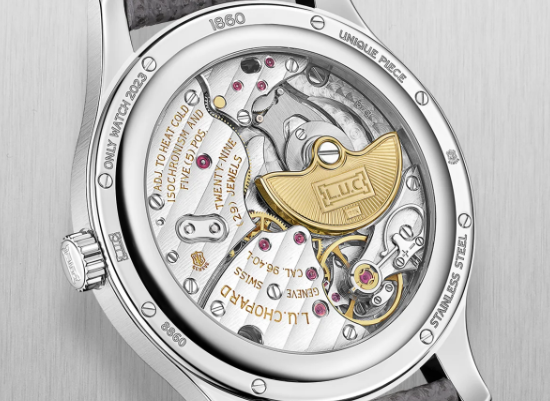
Released to universal industry acclaim, the 1997-2002 LUC 1860 was named Watch of the Year by Montres Passion and Timezone
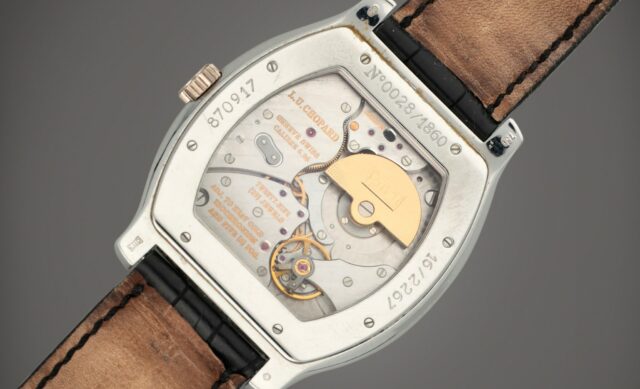
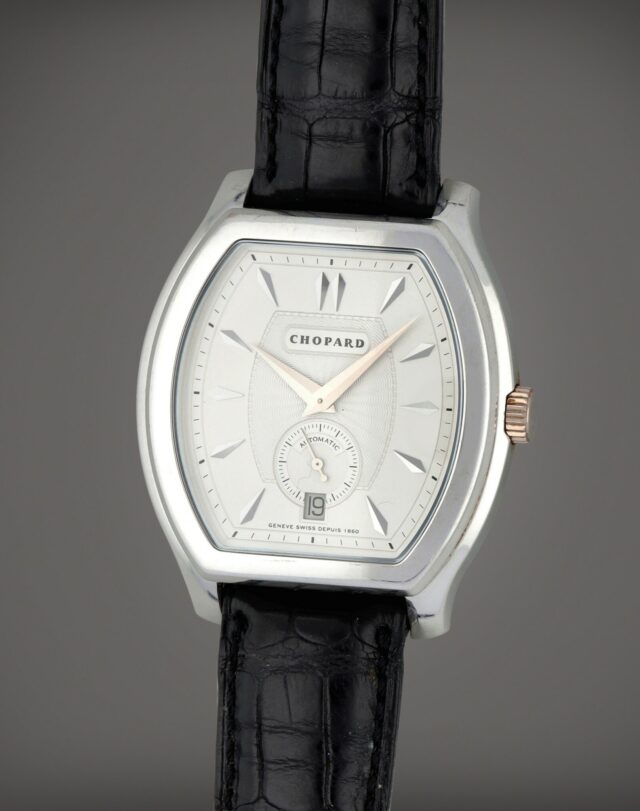
Given the cost and complexity of designing and manufacturing an automatic movement from scratch, it is little surprise that even the most revered brands have utilised and developed competitors’ base movements to save money. Clear examples are Rolex’s use of a Zenith movement in the Daytona Ref 16500, Patek’s work with Lemania, plus Patek and Audemars Piguet’s use and development of the Jaeger-LeCoultre calibre 920 for the Nautilus and Royal Oak respectively. This gives you some idea of the scale of the ambition at Chopard to create its own new and exceptional automatic movement.
The process was overseen by Karl-Friedrich and manager Jean- Frédéric Dufour (now Rolex CEO). A desire for a slim (3.3mm), elegant movement saw the pair utilise a ball-bearing-mounted micro rotor, meaning that at no point would a full winding rotor obscure this beautiful movement. Karl-Friedrich wanted a power reserve of at least 70 hours, so required two stacked mainspring barrels that operated in sequence one after the other. To help with accuracy, a 4Hz vibrational speed was desired.
As a nod to history, Chopard incorporated a Breguet Overcoil for its hairspring, and a swan-neck regulator (an intricate but ultimately unnecessary flamboyance). To create the visual equal of any peer, the 22k micro rotor was hand guillochéd, and all the plates and bridges were exquisitely finished by hand with Geneva stripes and anglage. The overall effect was stunning. As a sign of the quality and accuracy of the movement, it was sent to COSC for certification, and was awarded a Geneva Seal (Poinçon de Genève) certifying its craftsmanship and finishing.
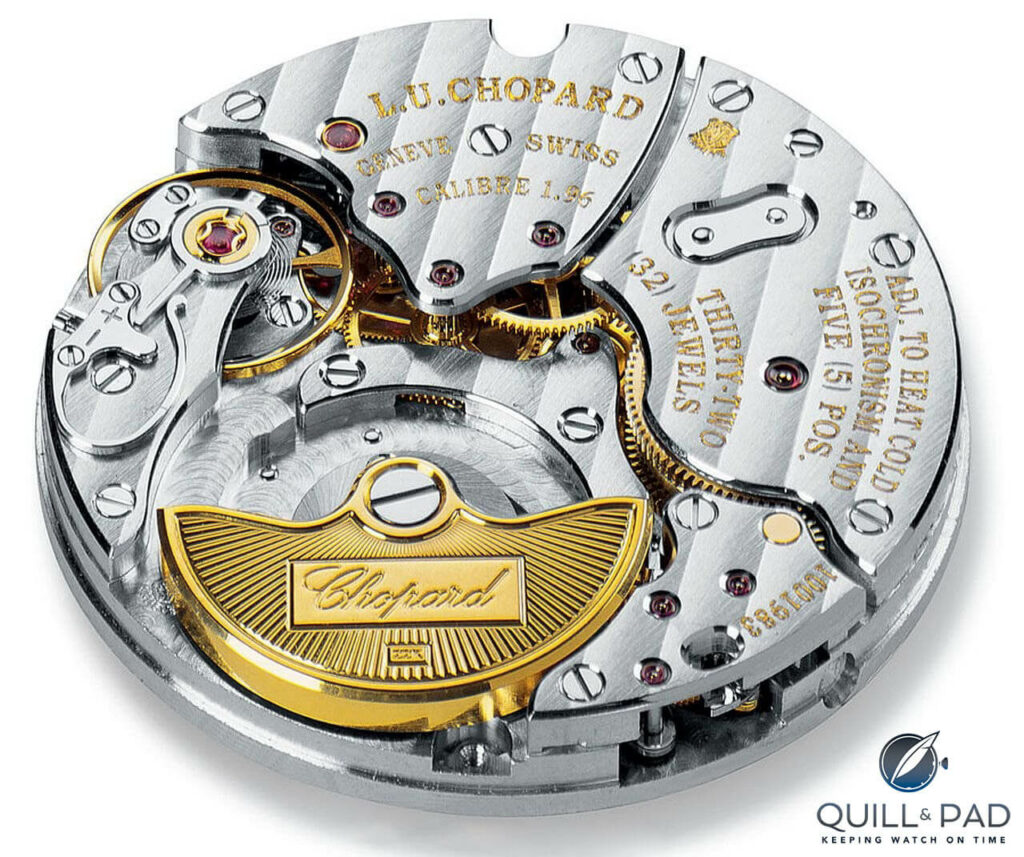
The first 20 were produced in December 1995, but it was in early 1996 that Chopard put the calibre 1.96 (apropos the launch year) into production in the LUC 1860, named after the founder and the year of founding. Given the brand’s history as a jeweller, every element of the watch that housed the 1.96 was made from precious metal (case, dial and indexes included), with Chopard mixing its own alloys and casting. For the dial it used Metalem, which went on to produce the dials for Philippe Dufour and his revered Simplicity watches, renowned for their high-quality finishing and elegant designs. It is one of the most beautiful dress watches ever.
Released to universal industry acclaim, the 1997-2002 LUC 1860 was named Watch of the Year by Montres Passion and Timezone. It was made in three series; the first, Ref 16/1860/2, had a sapphire (exhibition) case back, with 1860 examples made across the four precious metals and four dial colours (silver, black, blue and salmon). The second and third were made with officer-style case backs, in 100 examples in each metal type. Examples of the first series are the most desirable – the purest expression of an automatic dress watch. My preference is for examples with cursive ‘Chopard’ engraved on the rotor (later replaced by block LUC), and in white metal with either blue or salmon dials. Custom-order variants with diamond indexes are rare. These early watches have a cult following among collectors.
This magical movement was released at a time of rebirth in the industry, with the relaunch of A. Lange & Söhne two years prior, and just before the independent watchmaking boom. It was a bold move by Scheufele, a statement of intent taking Chopard into the new millennium with the confidence as a haute horology watchmaker, and setting the standard for what the brand has achieved since.
Writer Jonathon Burford is SVP and specialist at Sotheby’s watch department. For its ongoing Watches sales, see www.sothebys.com.
